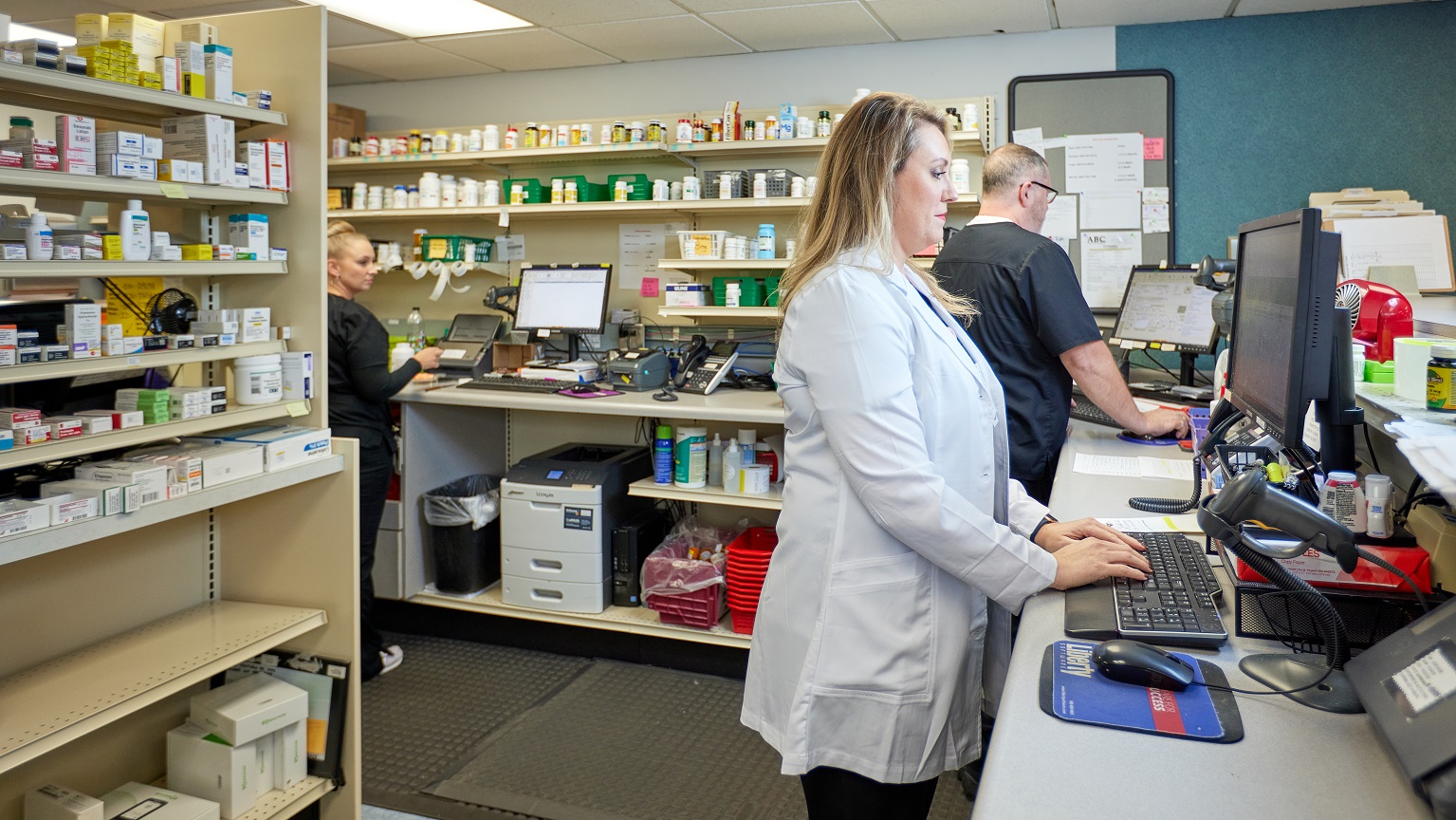Getting started with the 340b program
If your hospital isn’t already 340B registered and eligible, you might want to refer to our previous blog post, Are you ready to enroll in the 340B program?
Patient eligibility: Who qualifies for the 340B program?
In order to receive 340B eligible prescriptions, a patient must have already received health care services other than medications from covered entities. Moreover, the patient must have received health care services from a health care professional who is either 1) employed by the 340B entity, or 2) provides health care services to patients in which the responsibility for care still rests with the 340B entity. A typical example of the latter condition would be a professional serving the entity’s patients by referral.
In order to be classified as a “patient” of a covered entity, the entity must also have maintained records of the individual’s health care. (However, according to HRSA, in a declared emergency, an abbreviated health record may be adequate for purposes of the 340B Program. For more information on the Public Health Emergency Declaration, Click Here.)
Also according to HRSA, a patient must have received a health care service (or range of services) from the covered entity which is consistent with the service (or range of services) for which grant funding — or Federally qualified health center look-alike status — has been provided to the entity. (NOTE: Disproportionate share hospitals are exempt from this requirement.)
The exception to the rules above is for patients who are Ryan White HIV/AIDS program grantees. Under that program, HIV/AIDS patients who are uninsured, or under-insured, receive Federal funding to provide HIV/AIDS treatment and related services. For more information on that program, Click Here.
Are 340B drug prices available for inpatient prescriptions?
No. 340B drug pricing applies only to covered outpatient medications. 340B covered entities must therefore maintain appropriate tracking systems to ensure that covered outpatient drugs purchased through the 340B Program are not used for hospital inpatients — and it is the responsibility of hospitals in the program to ensure that appropriate safeguards are in place to prevent diversions.
Which drugs are 340B program eligible?
To qualify for 340B program discounts, a drug must be on the 340B formulary, the prescription must be filled at one of a covered entity’s registered 340B pharmacies, and the entity may not take dual discounts on a prescription — for example, a prescription paid for by Medicaid is not eligible for 340B discounts.
For more information on which drugs are 340B eligible, Click Here.
That said, the available savings for many of the 340B-eligible drugs simply do not warrant the time and effort required to claim those savings. Moreover, the complications involved in maintaining 340B compliance is one of the primary concerns cited by hospitals not taking advantage of their legal right to prescription-replenishment discounts.
ProxsysRx’s professionals know every prescription drug that’s 340B eligible — and we maintain a constantly-updated database (at our expense) that keeps us, and the health systems we serve, compliant at all times. Our proprietary software not only identifies current and past reimbursable prescriptions for them, it automatically applies for those reimbursements.
Finally, we maintain a policy of optimizing 340B savings that’s both aggressive and conservative. Which is to say that we aggressively pursue 340B savings for every prescription that’s worth pursuing.
ProxsysRx is here to help, if you have questions.
There are so many ways to optimize your 340B drug program savings & benefits, and overcome manufacturer restrictions while still minimizing the likelihood of noncompliance. For more information, contact Howard Hall. C: 214.808.2700 | howard.hall@proxsysrx.com
![]()

